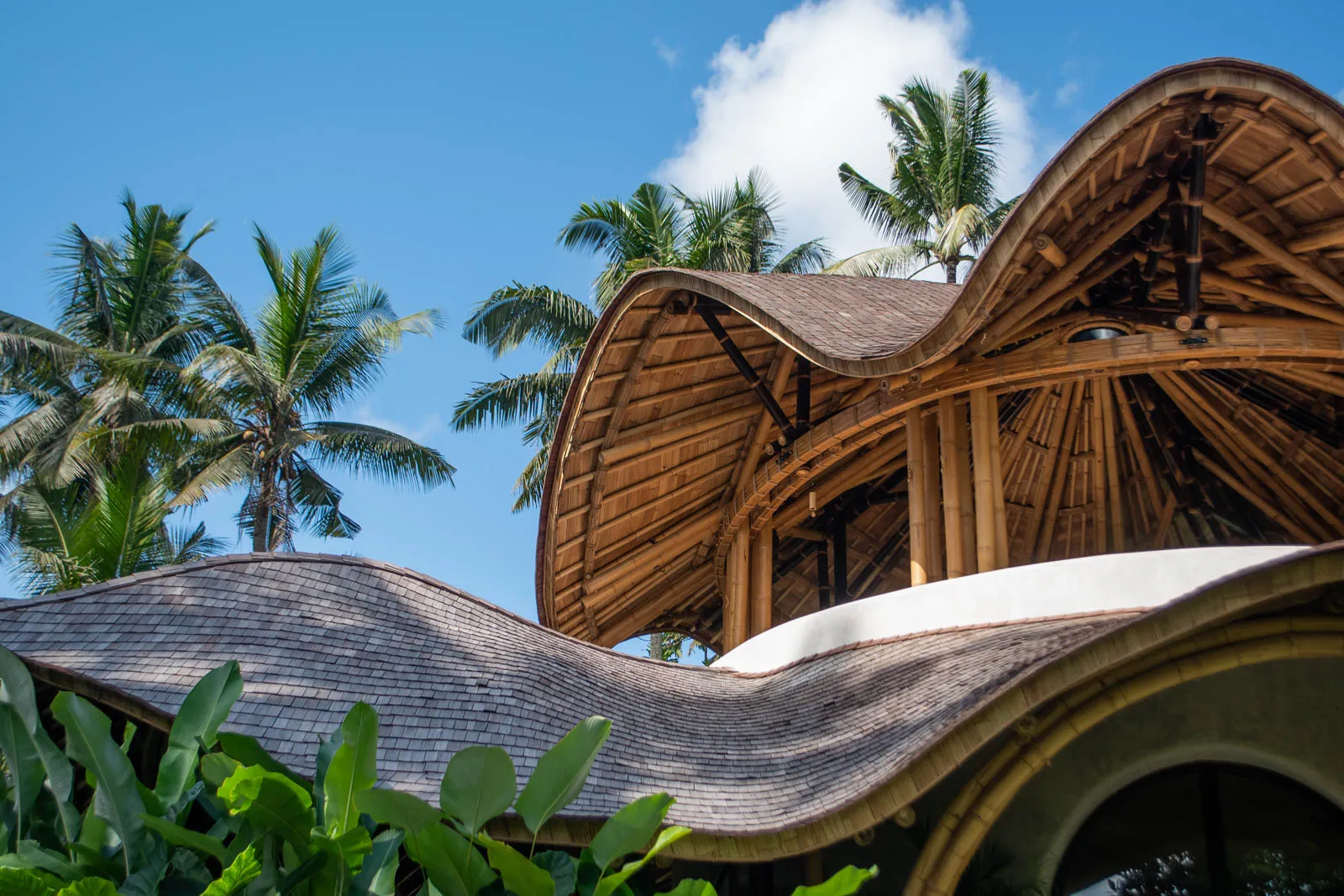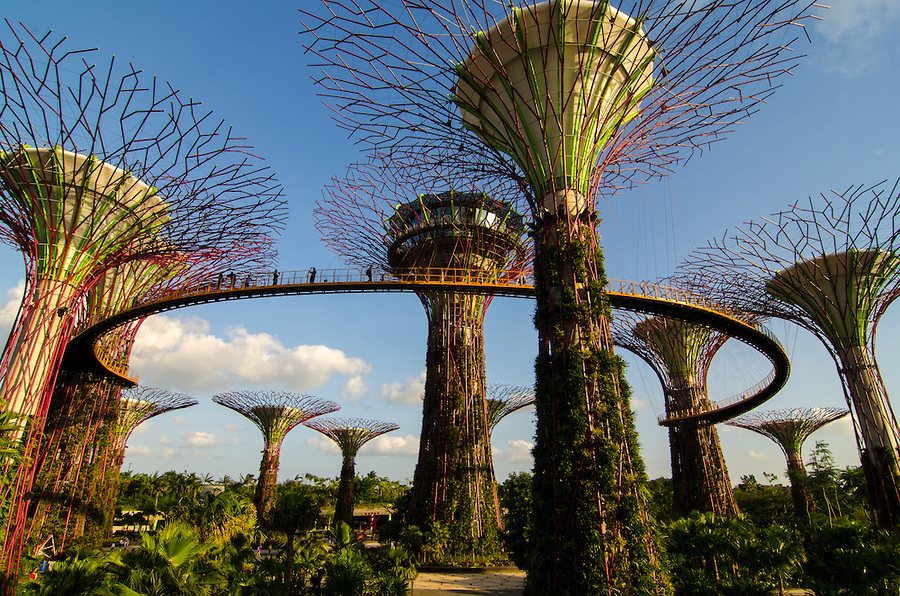Last Updated on June 3, 2024 by Annie Baldwin
Environmental design seeks to create built environments that enhance and integrate with the natural world.
This field brings together architects, designers, planners, and advocates to address environmental issues through creative solutions.
With roots in sustainability and ecological design, environmental design takes a holistic view of how the built environment impacts nature and people.
What Is Environmental Design?

Environmental design is the practice of considering and incorporating environmental factors into the planning, development, and management of built environments.
It aims to create sustainable spaces that enhance communities.
Key Points
- Environmental design integrates architecture, engineering, and sustainability.
- It creates spaces that positively impact nature, society, and culture.
- Environmental designers consider all phases of a building’s life cycle.
Our Opinion
Environmental design takes a big picture, whole systems approach to creating built environments that benefit both people and nature.
With growing environmental awareness, demand for environmentally conscious design will only increase.
Environmental design provides an excellent career path for creative, analytical students passionate about sustainability.
What Comprises an Environmental Design
Environmental design is a process that addresses environmental issues when developing programs, buildings, plans, and products in various fields. Environmental designers and architects work on both public and private sustainable spaces for leisure, recreational, commercial, or living purposes.
They account for all necessary environmental factors in the design of construction projects. The goal is to create spaces that enhance the natural, social, cultural, and physical environment of specific areas.
Environment designers, also known as environment artists, bring imaginary or realistic universes to life based on a design brief or script. The Program in Environmental Design equips students with the knowledge to design and create the built environment, integrating environmental preservation.
Sustainable design is an integrated, holistic approach that positively impacts all phases of a building’s life cycle and encourages compromise and tradeoffs. Environmental design encompasses various areas of design expertise, with architecture being a key component.
Environmental Design Process

The environmental design process involves understanding the applicability and benefits of creative, problem-solving approaches from non-design disciplines. It seeks to develop sustainable, integrated, and holistic solutions that have positive impacts.
Key phases in the process include:
- Researching and analyzing the environmental context
- Setting project goals and objectives
- Developing alternative design concepts
- Evaluating options through modeling and simulations
- Selecting the optimal design
- Implementing the design
- Monitoring performance post-occupancy
The process encourages compromise and tradeoffs between interests. It draws from a spectrum of interrelated and overlapping areas of expertise like architecture, planning, landscape architecture, and engineering.
The effective environmental design integrates input from all project stakeholders. It aims to maximize positive impacts across the full building life-cycle, from construction to operation to eventual reuse or demolition.
Adopting an environmental design process constitutes a holistic way of thinking that considers connections between the natural and built environments.
Examples of Environmental Design
Environmental design encompasses many fields and scales. Some examples include:
- Urban planning projects that integrate green space like urban farms, transit, and mixed-use development
- Building architecture that utilizes passive solar design, natural ventilation, and renewable materials
- Landscape architecture in parks and public spaces to support habitat, recreation, and cultural uses like community gardens.
- Industrial design of consumer products to minimize waste, energy, and toxins
- Interior design for offices and homes to promote health, comfort, and efficiency
- Graphic design and wayfinding systems that aid navigation, understanding, and accessibility
Specific environmental design projects could involve:
- Designing a net-zero energy building using solar panels, high insulation, and natural light and ventilation
- Creating a new eco-district with green infrastructure for stormwater management and walking/biking networks
- Developing multifunctional landscapes around buildings to connect users to nature and provide ecosystem services
- Modifying consumer products to use recycled materials, avoid toxins, and minimize packaging waste
In all cases, environmental design seeks to create built environments that connect and respond to the natural environment while meeting human needs. This involves understanding the interrelationships between factors like climate, culture, materials, energy, water, and ecology.
Benefits of Environmental Design
Thoughtful environmental design provides many benefits for people and the planet. Some key advantages include:
- Improved health, comfort, and well-being from access to nature, daylight, fresh air, and nontoxic materials
- Increased connectivity and a sense of community through public spaces that bring people together
- Enhanced local character and cultural identity by integrating historical and ecological contexts
- More sustainable and regenerative systems that conserve energy, water, and resources
- Reduced carbon emissions and ecological degradation from efficient buildings and infrastructure
- Increased biodiversity and habitat value by designing with native species and ecology in mind
- Improved mobility, activity, and safety through pedestrian-friendly and context-sensitive design
- Greater accessibility and inclusion for people of all ages and abilities
Overall, environmental design aims to create built environments that benefit both people and nature. By considering interconnections early in the design process, environmental designers can maximize positive impacts throughout the life of a building or community. This integrated, human-centered approach is key to creating places that truly enhance our well-being while respecting ecological limits.
Environmental Design in Architecture
Architecture is a key field where environmental design principles are applied. Architects aim to create built environments that are sensitive to context, climate, culture, and community needs. Some ways they incorporate environmental design include:
- Orienting buildings for optimal solar access, shading, daylight, and natural ventilation
- Selecting sustainable, nontoxic materials with low embodied energy
- Designing for adaptability, so buildings can respond to changing uses over time
- Integrating green infrastructure like bioswales, green roofs, and permeable paving
- Considering the psychological impacts of space, views, and spatial configuration
- Connecting occupants to nature through ample windows, outdoor access, and biophilic design
- Designing for all abilities and ages to enhance accessibility and inclusion
Architects also aim to design community spaces that bring people together, reflect culture, and connect to nature and history. Their work across scales and building types can profoundly impact human and ecological well-being.
FAQ
What Do You Mean by Environment Design?
Environmental design involves creating spaces and structures while considering environmental factors like sustainability, preservation, and human well-being. It aims to design environments that enhance nature and community.
Is Environmental Design a Good Major?
Environmental design can be a great major for creative, analytical students interested in architecture, engineering, urban planning, and sustainability. Job prospects in these fields are growing as environmental awareness increases.
What Is an Environmental Design Major?
An environmental design major teaches students about built environments, architecture, land use planning, sustainability, and community development. Courses cover design, engineering, social sciences, and environmental studies.
What Is the Role of an Environment Designer?
Environment designers consider environmental impact when planning buildings, public spaces, neighborhoods, and infrastructure. They aim to create environments that are sustainable, preserve nature, and enhance communities.
Conclusion
Environmental design is a holistic, integrated approach that addresses environmental factors across all phases of planning, developing, and managing built environments. It encompasses architecture, urban planning, landscape design, and engineering to create spaces that positively impact communities, preserve nature, and promote sustainability. The goal of environmental design is to enhance the natural, social, cultural, and physical environments through thoughtful, eco-conscious design.

